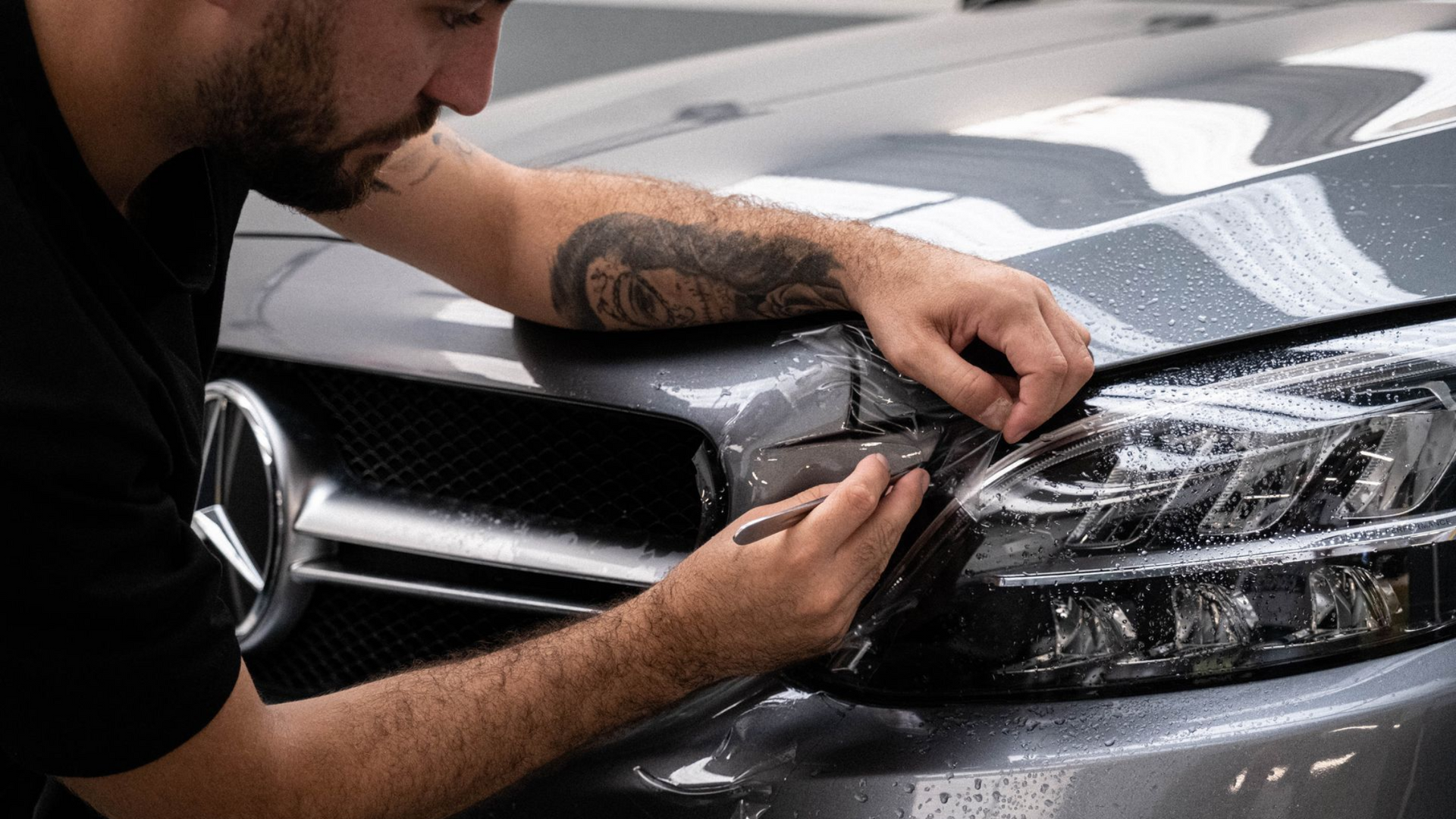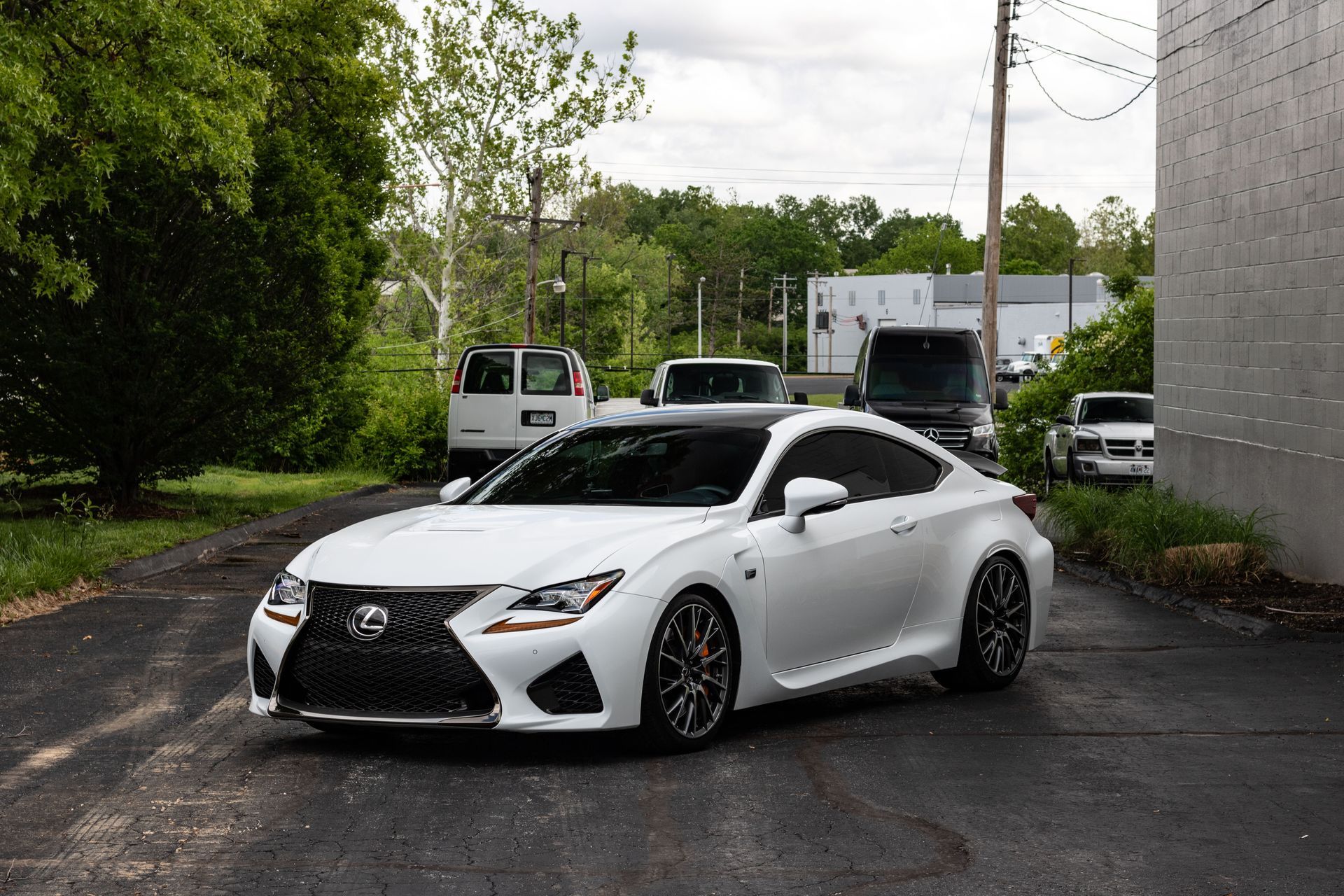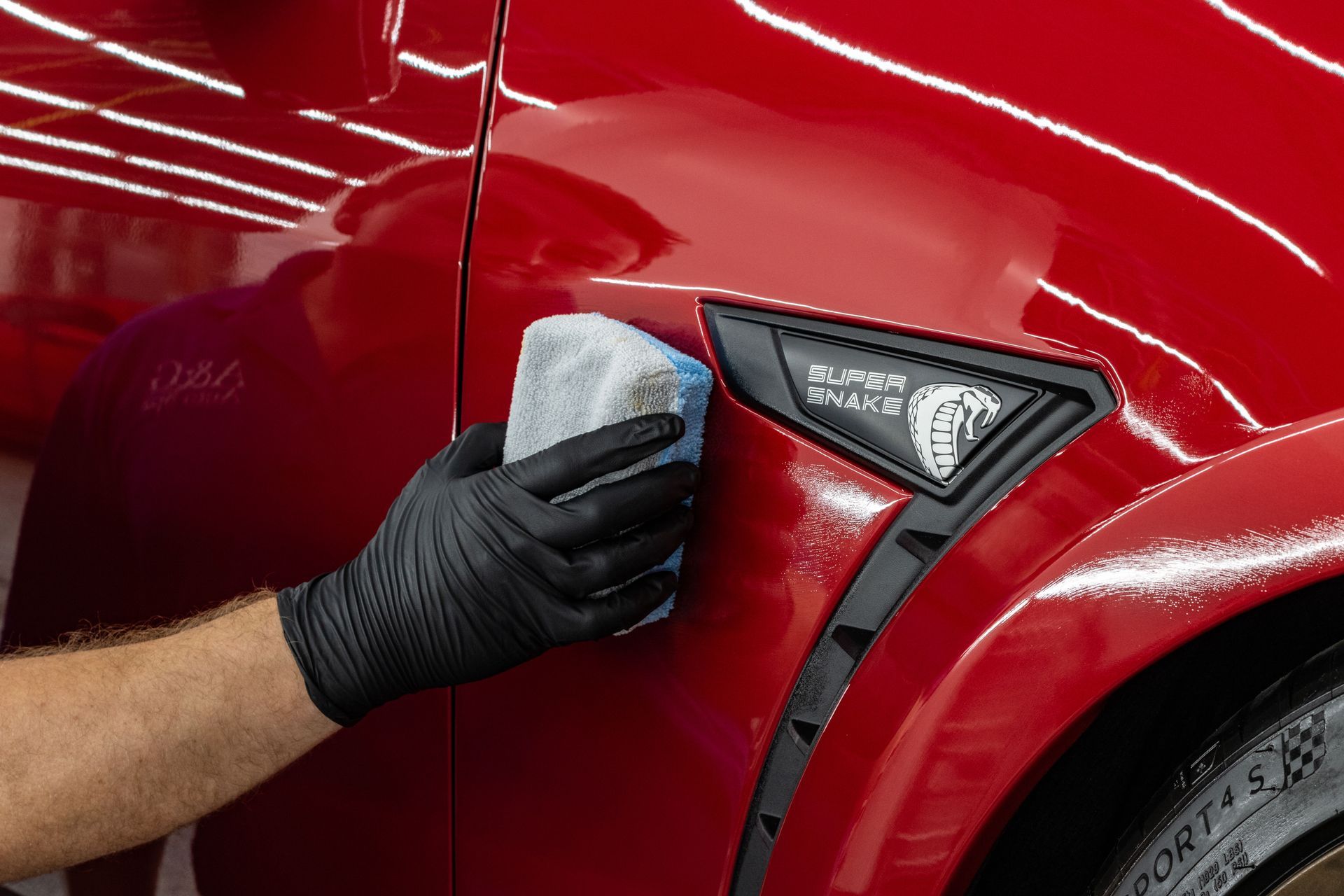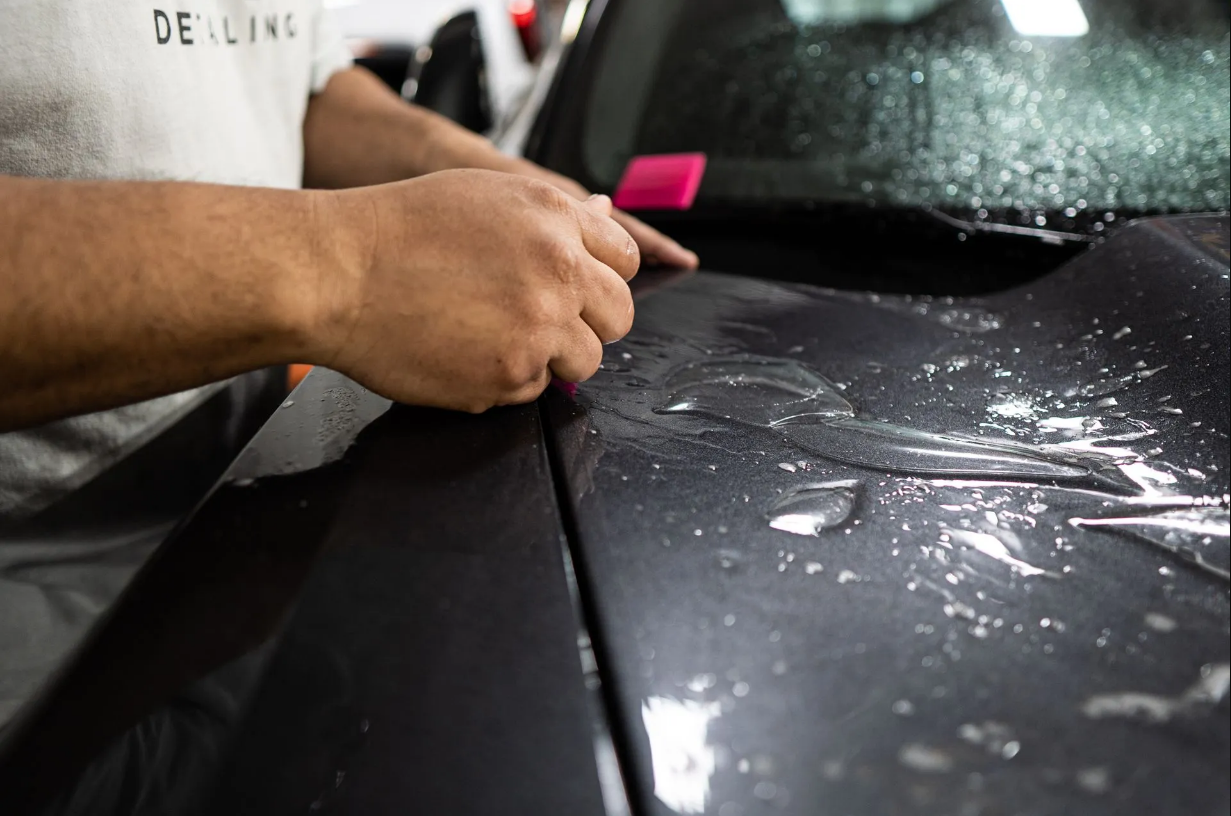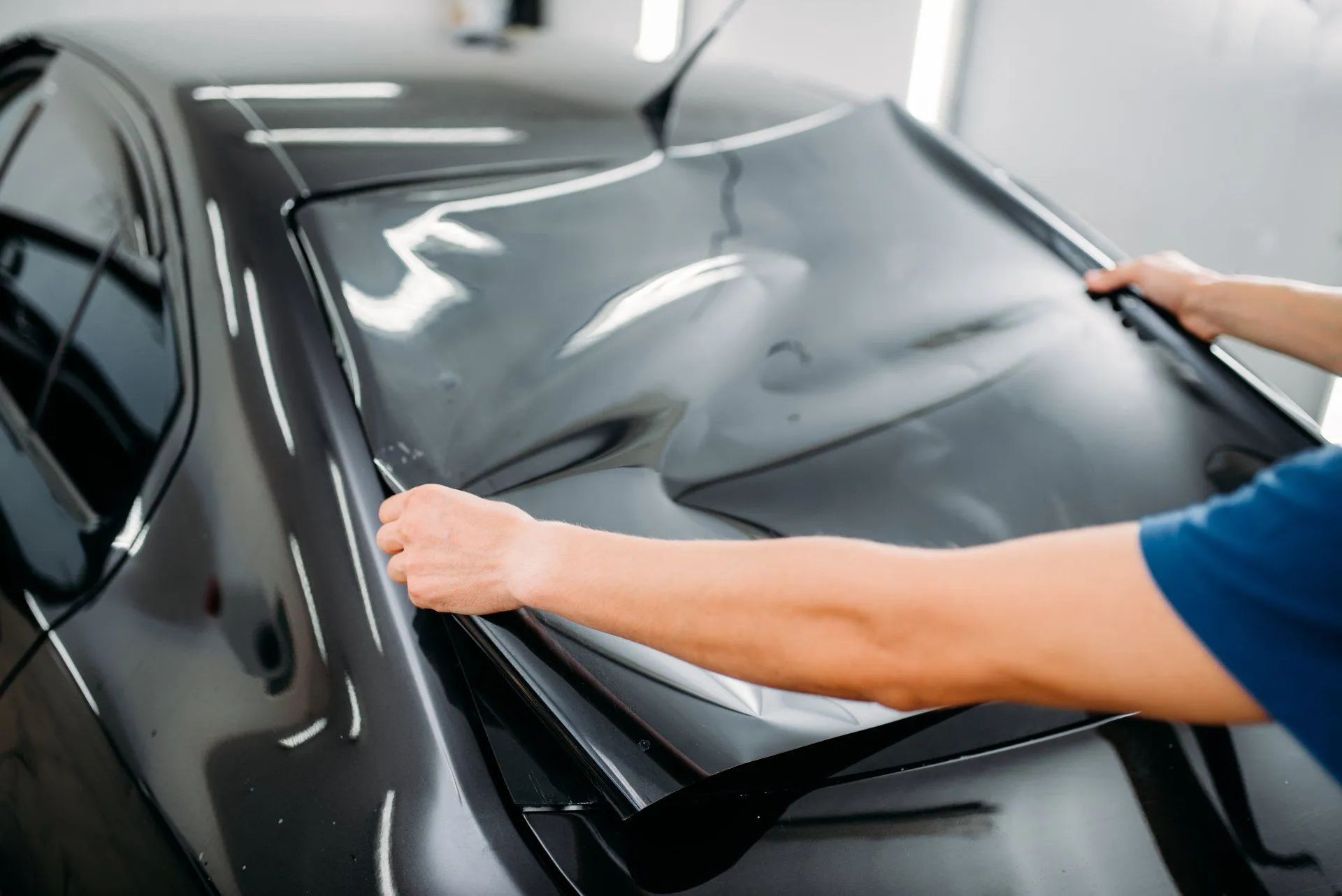Winter Weather PPF Performance: Salt and Cold Protection
Winter weather puts your vehicle through absolute hell. Road salt, freezing temperatures, ice scrapers, and constant temperature changes create the perfect storm for paint damage. If you've invested in paint protection film (PPF), you're probably wondering how well it actually holds up when Mother Nature gets aggressive.
Here's the thing—winter PPF performance isn't just about surviving the season. It's about maintaining your vehicle's value and appearance while everything else on the road is getting destroyed by the elements. After working with thousands of vehicles through Missouri's unpredictable winters, we've learned exactly what PPF can and can't handle when temperatures drop.
The reality is that road salt protection film becomes your paint's best friend during the winter months. But like any protective system, it needs proper care and understanding to perform at its peak.
How PPF Battles Road Salt Corrosion
Road salt is basically paint cancer. Those white crusty deposits you see on untreated vehicles? That's your paint being eaten alive from the outside in. Salt creates an electrochemical reaction that accelerates oxidation, turning your beautiful paint into a pitted, corroded mess.
Winter PPF performance shines here because the film creates a complete barrier between salt and your paint. The polyurethane material is chemically inert, meaning salt can't react with it the way it does with paint. When salt hits your PPF, it just sits on the surface until you wash it off. No penetration, no chemical reaction, no permanent damage.
But here's what most people don't realize—salt damage happens fast. Within hours of exposure, salt starts its destructive work on unprotected paint. With PPF, you get a grace period. The film buys you time to properly clean your vehicle without worrying about immediate damage.
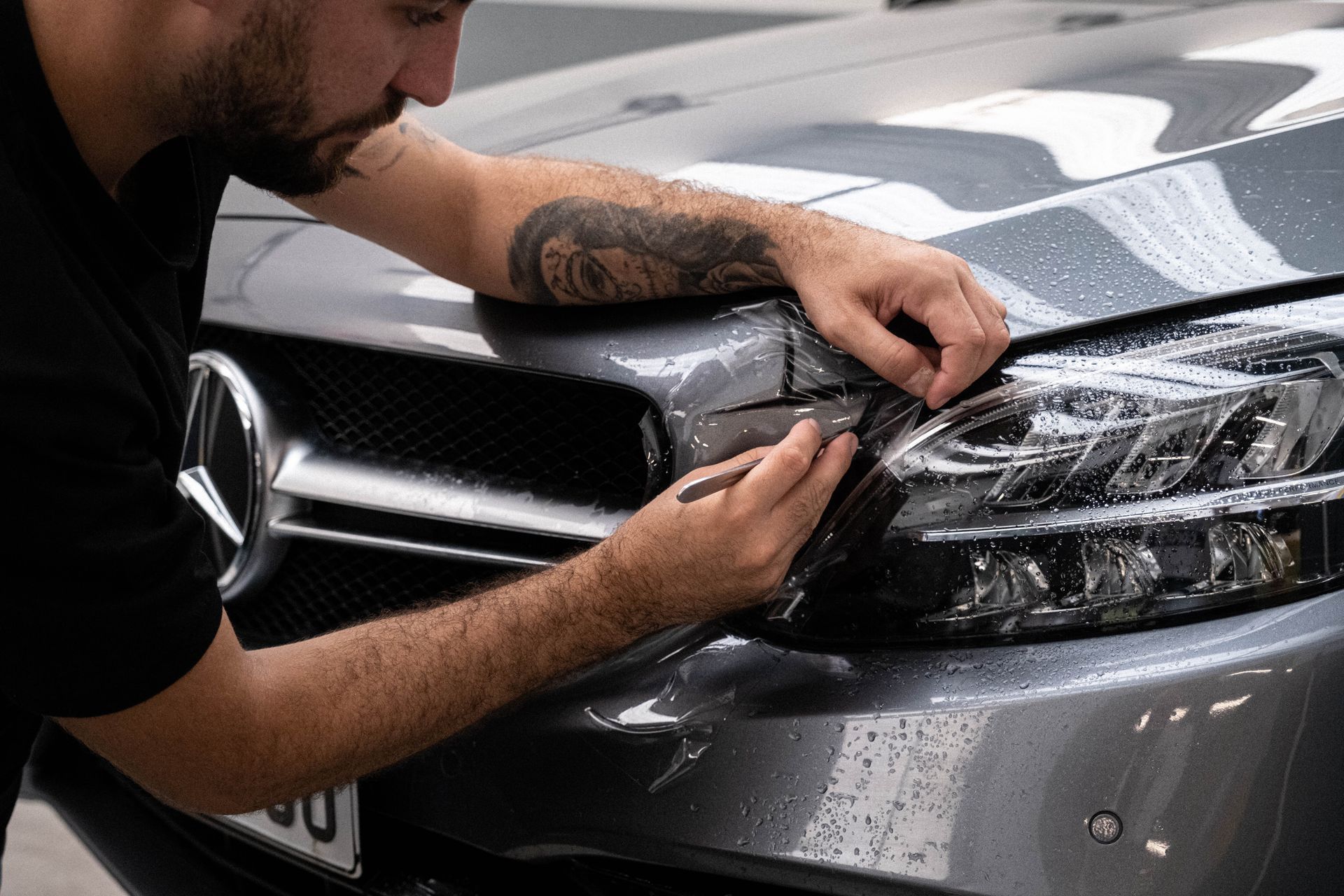
Cold Temperature Performance and Flexibility
When temperatures drop below freezing, materials get brittle. Paint becomes fragile, rubber seals crack, and plastics become prone to breaking. So what happens to your cold-weather paint protection film when the mercury plummets?
Quality PPF actually performs better in cold weather than most people expect. The polyurethane material is engineered to remain flexible even at sub-zero temperatures. We've seen properly installed PPF maintain its protective qualities in temperatures as low as -20°F without cracking or losing adhesion.
However, cold weather does affect how PPF responds to impact. In freezing temperatures, the film becomes less elastic, which means it's less likely to self-heal from minor scratches immediately. Those small scratches that would disappear with a little heat in summer might stay visible until temperatures warm up. Don't panic—they're still just surface level and will heal once things warm up.
Ice Scraper Compatibility and Snow Removal
This is where things get tricky. Ice scrapers and snow and ice vehicle protection with PPF require some strategy. The good news is that PPF can handle ice scraper contact much better than bare paint. The bad news is that improper technique can still damage even the best protection film.
When scraping ice off PPF, use plastic scrapers only—never metal. The film can handle the pressure, but metal scrapers can cut through the material if you're not careful. Work in straight lines rather than circular motions, and don't apply excessive pressure. Let the scraper do the work, not your arm strength.
Snow removal is actually easier with PPF because the smooth surface doesn't give snow as much to grip onto. Most snow slides off PPF-protected surfaces more easily than bare paint. But here's a pro tip—use a foam brush or soft-bristled snow brush rather than the hard plastic ones.
The real advantage shows up with freezing rain situations. Ice that would normally bond to paint and potentially pull off the clear coat when removed just sits on top of PPF. You can remove ice more aggressively without worrying about taking paint with it.
Winter-Specific PPF Maintenance Tips
PPF winter maintenance isn't complicated, but it is different from summer care. The biggest change is frequency—you'll need to clean your vehicle more often during winter months to prevent salt buildup and maintain visibility.
Rinse your vehicle weekly at minimum, focusing on areas where salt accumulates. Pay special attention to lower panels, wheel wells, and behind the wheels where road spray hits hardest. You don't need to do a full wash every time—a good rinse removes most salt before it can cause problems.
When you do wash, use lukewarm water instead of hot water in freezing conditions. Hot water on frozen PPF can cause thermal shock, potentially affecting the adhesive bond. Let the film gradually warm up before applying soap or doing detailed cleaning.
Here's something most people miss—winter is actually the perfect time for seasonal PPF care because the film is working overtime. Consider having your PPF professionally inspected and maintained before and after winter. Small issues that develop during harsh weather are easier and cheaper to fix when caught early.
Regional Climate Considerations
Living in the Midwest means dealing with temperature swings that would make other regions dizzy. One day it's 45°F and raining; the next it's 15°F with six inches of snow. These rapid changes test your PPF's durability more than steady cold weather.
The freeze-thaw cycle is particularly challenging because water expands when it freezes. If moisture gets trapped under damaged PPF, freezing can push the film away from the paint. This is why prompt repair of any PPF damage is critical before winter hits.
Mountain regions face unique challenges with elevation changes affecting temperature and moisture levels. PPF performs well at altitude, but the intense UV exposure from snow reflection can affect the film's surface over time.
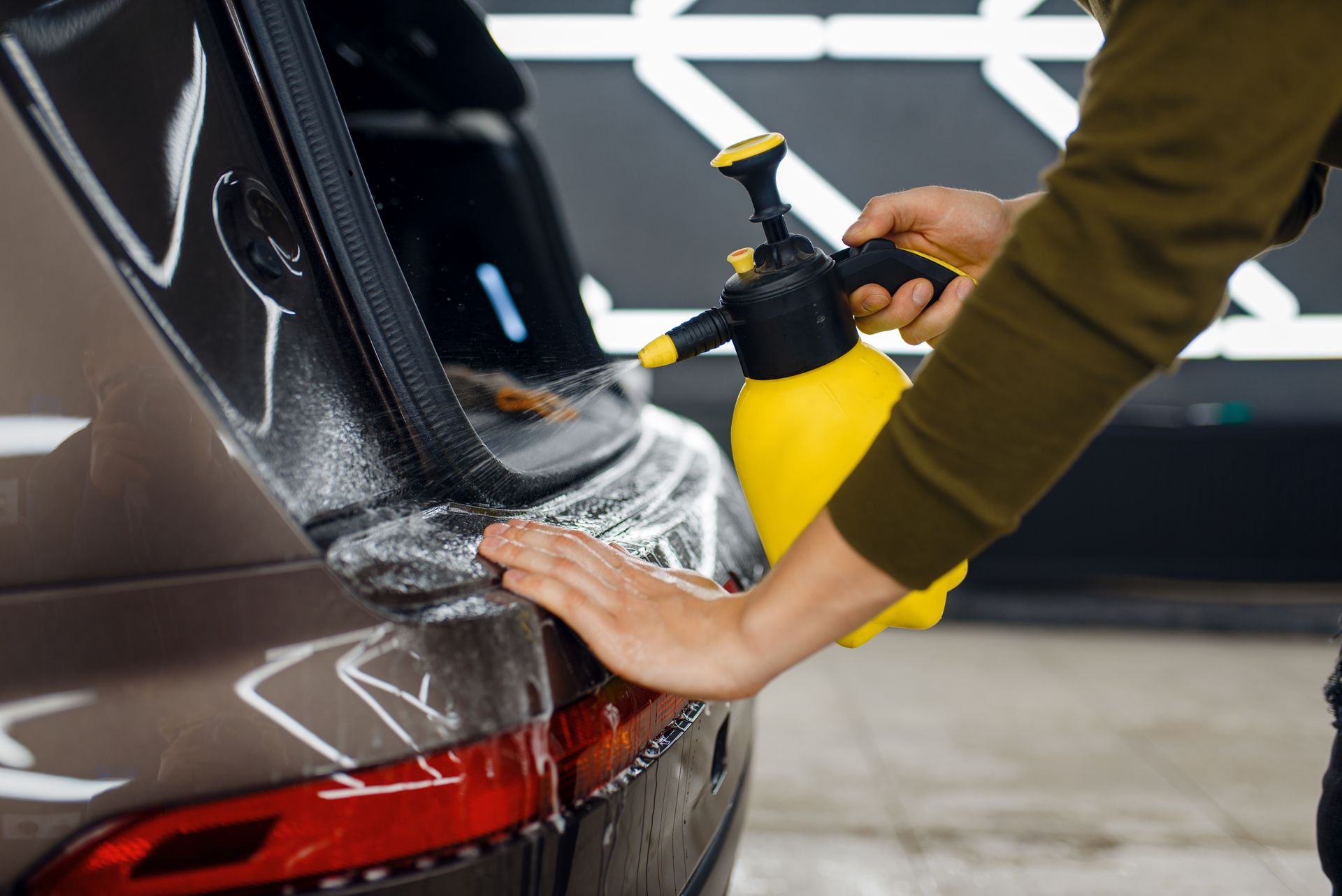
Protecting Your Investment Through Winter
Winter PPF performance comes down to understanding what you're asking the film to do and supporting it properly. PPF isn't magic—it's an engineered solution that works best when you work with it, not against it.
The bottom line is that vehicles with quality PPF come through winter looking dramatically better than unprotected vehicles. While your neighbors are dealing with salt stains, paint chips, and corrosion damage, your PPF-protected paint stays pristine underneath its protective barrier.
Remember that winter damage to paint is often permanent and expensive to repair. PPF damage, when it occurs, is typically superficial and much more affordable to address. Your PPF investment pays for itself most clearly during winter months when the protection it provides becomes obvious.
If you're considering PPF installation or need winter maintenance guidance, don't wait until spring damage forces your hand. Contact our team to discuss your specific winter protection needs and keep your investment performing at its peak.
Frequently Asked Questions
Does PPF lose its protective qualities in extreme cold?
No, quality PPF maintains its protective properties even in subzero temperatures. The film may become less elastic and slower to self-heal minor scratches, but its barrier protection against salt, road debris, and impacts remains fully effective throughout winter.
Can I use ice scrapers on PPF-protected surfaces?
Yes, but use plastic scrapers only and work in straight lines with moderate pressure. PPF handles scraper contact much better than bare paint, but metal scrapers can still cut through the film if you're too aggressive with them.
How often should I wash my PPF-protected vehicle in winter?
Rinse weekly at a minimum to remove salt buildup, with full washes every 2-3 weeks depending on driving conditions. More frequent cleaning prevents salt accumulation that can affect film performance and vehicle appearance over time.
Will road salt damage my PPF?
Road salt won't chemically damage quality PPF like it does paint, but excessive buildup can affect the film's appearance and potentially its adhesion if neglected. Regular rinsing prevents problems and keeps the film performing optimally.
Should I have my PPF serviced before winter?
Absolutely. Pre-winter inspection and maintenance catch small issues before harsh weather makes them worse. Any damaged areas should be repaired before winter to prevent moisture infiltration during freeze-thaw cycles that can lift the film from the paint.


